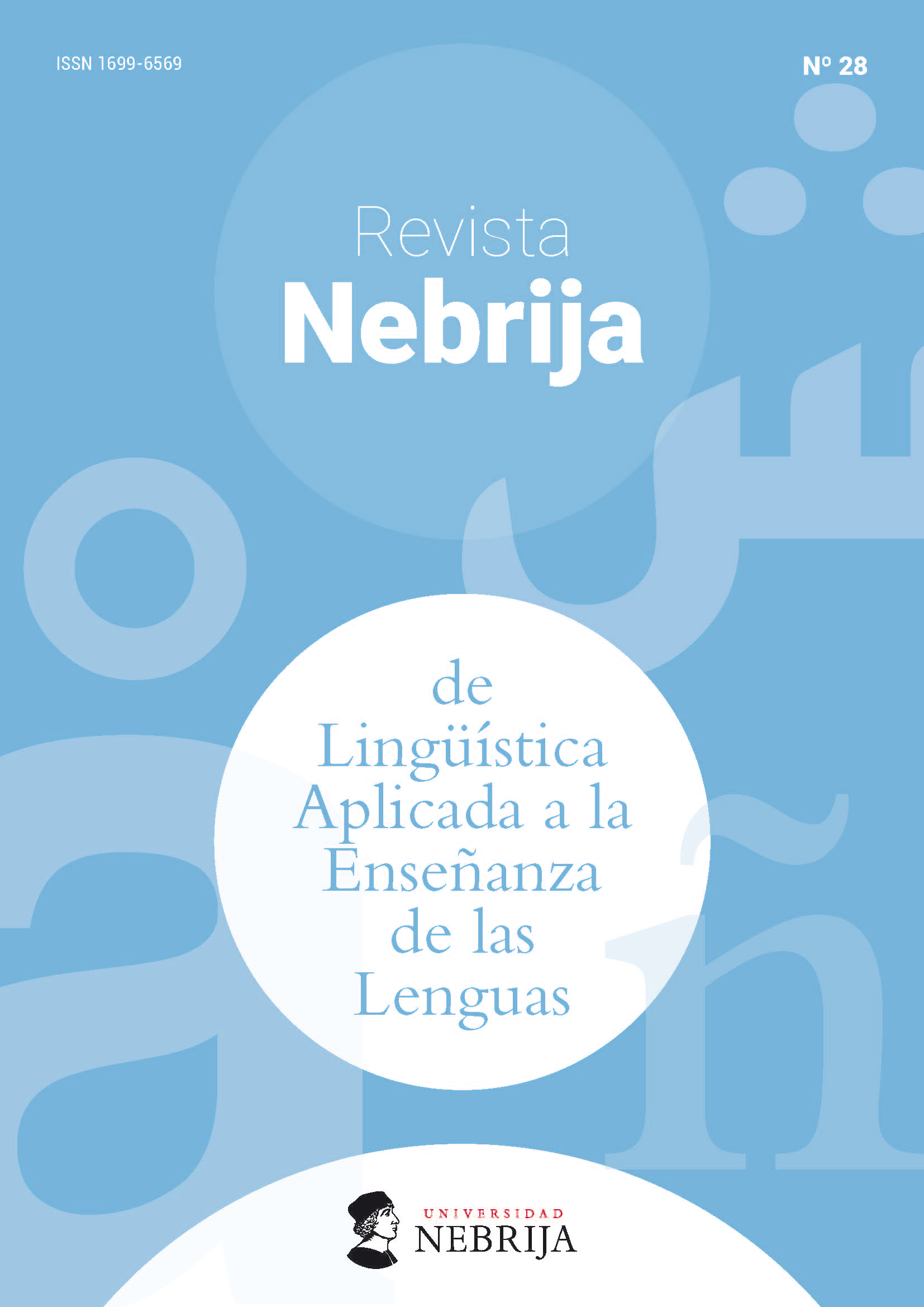Program evaluation and curriculum re-design for an integrated approach to language, culture and literature in Spanish L2 programs
DOI:
https://doi.org/10.26378/rnlael1428401Keywords:
program evaluation, curricular mapping, curriculum design, needs analysis, language teacher educationAbstract
Due to the socioeconomic, cultural, and technological changes in recent years, many Spanish as a second/foreign language professionals are working in various contexts, with students with multiple profiles and needs, through different formats of teaching, and under higher institutional and administrative expectations. In response to all these changes, it is crucial to ensure L2 Spanish programs at all levels have solid curricular and professional foundations. This article describes the process of curricular evaluation and redesign of the L2 Spanish undergraduate program at a United States public university with the aim of, first, expanding the limited body of research on this subject in contrast to other languages, and second, offering a concrete example of how programmatic evaluation guidelines and instruments can be implemented. After reviewing the most relevant concepts in this area of study, we describe the institutional and academic context of our program. Next, we present the most relevant details of the implementation of programmatic evaluation guidelines, including data from a needs survey. Finally, we explain the curricular changes that were implemented, in line with recent advances in the teaching of Spanish L2.
Downloads
Global Statistics ℹ️
|
1131
Views
|
1585
Downloads
|
|
2716
Total
|
|
Downloads
Published
How to Cite
Issue
Section
License
The copyright holder(s) consent to the distribution of their article under the license CC BY ND.






